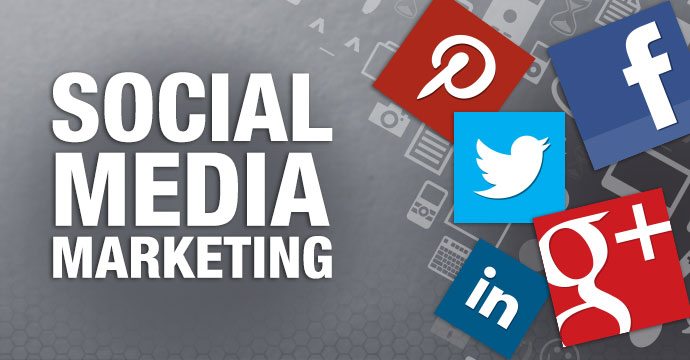In an era driven by data, hyper-personalization, and real-time results, the marketing world has never been more focused on ROI. Businesses of all sizes are reevaluating their strategies, weighing the legacy of traditional marketing against the agility and
Advertising Archives - Onimod Global
- Home
- Tag: Advertising
Sustainable marketing has become an increasingly important issue across all industries in recent years. Consumers expect their support companies to follow suit as they become more environmentally conscious. Here's how. More and more consumers are communicating how
Looking to grow your small business? Discover how social media marketing can help your business thrive in 2023 and beyond. Social media has transformed from being just a personal communication tool to a powerful marketing tool for
2022 has been the year of ground-breaking innovation with new and exciting developments in the digital world that impacted the way we communicate with our audience. With the year quickly coming to a close, it's time to
The development of keyword strategies has changed drastically over time. Back in the day (AKA 5 to 10 years ago), a common goal among search marketers was to obtain as many keywords as possible. The number of
If you're an organization that utilizes social media channels for sponsored advertising, it's important to determine which platform to allocate the majority of the budget to. Facebook, Twitter, and LinkedIn all have unique advertising options and contain











